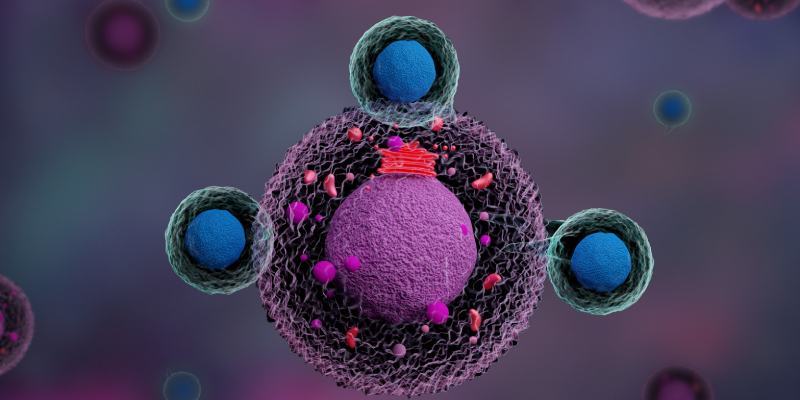
Brexucabtagene autoleucel led to “high rates of durable response” in adults with relapsed/refractory B-cell acute lymphoblastic leukemia (ALL), according to three-year follow-up data from the ZUMA-3 trial.
“For adult patients living with ALL, there is a need for therapeutic options that provide long-term responses,” Bijal Shah, MD, ZUMA-3 investigator and medical oncologist at Moffitt Cancer Center, said in a news release. “The continued durable response and significant improvement in survival indicated by these new data can potentially establish a new standard of care for adult patients living with this aggressive form of leukemia.”
Dr. Shah was part of a group of researchers who presented the study’s results during the European Society for Blood and Marrow Transplantation-European Hematology Association Fifth European CAR T-Cell Meeting. They reported longer follow-up of the pivotal analysis and outcomes of a larger pooled analysis of patients in phase I and phase II who received the pivotal dose of brexucabtagene autoleucel.
ZUMA-3 is an ongoing international multicenter, single-arm, open label, phase I/II study, which included patients with relapsed/refractory B-cell ALL who received standard systemic therapy or hematopoietic stem cell transplantation (HSCT). The patients received a median of two prior therapies, with 47% of patients receiving three or more prior therapies.
The study’s primary endpoint is the rate of overall complete remission (CR) or CR with incomplete hematological recovery by central assessment. Secondary endpoints include duration of remission and relapse-free survival, overall survival (OS), and minimal residual disease negativity rate.
The phase II study included 55 patients with B-cell ALL who received brexucabtagene autoleucel, with a median follow-up of 38.8 months (range, 32.7 to 44.6). The 36-month OS rate was 47.1%, with a median OS of 26 months. The median OS was 38.9 months among the 39 patients who were in CR or had a CR with incomplete hematologic recovery. The CR rate was 56%. The overall CR rate, which includes patients with a CR and those who have a CR with incomplete hematologic recovery, was 71%.
Nearly one-quarter (20%) of patients received a subsequent allogeneic HSCT. The median relapse-free survival censored at subsequent allogeneic HSCT was 11.6 months, while it was 11.7 months when not censored at subsequent allogeneic HSCT.
In the 78 patients who received the pivotal dose of brexucabtagene autoleucel in phase I and phase II, the median follow-up at data cutoff was 41.6 months. The median duration of response censored at subsequent allogeneic HSCT was 18.6 months, while it was 20 months when not censored. At data cutoff, 36% of patients remained alive, with a median OS of 25.6 months in all patients who received treatment.
The proportion of pooled phase I and phase II patients with grade 3 or higher treatment-related adverse events was “unchanged” since the prior data cutoff, officials said in the news release. No grade 5 adverse events occurred since the prior data cutoff.
“We are encouraged by the sustained benefit that a single one-time treatment of Tecartus continues to provide for patients living with this difficult-to-treat blood cancer,” Frank Neumann, MD, PhD, Senior Vice President of Kite’s Global Head of Clinical Development, said in a news release. “Our hope is that these results, along with our commitment to long-term research of Tecartus, will continue to provide clarity to physicians on optimal treatment methods for these patients living with this rare disease who have suffered historically poor outcomes.”
Source: Tecartus press release, February 2023

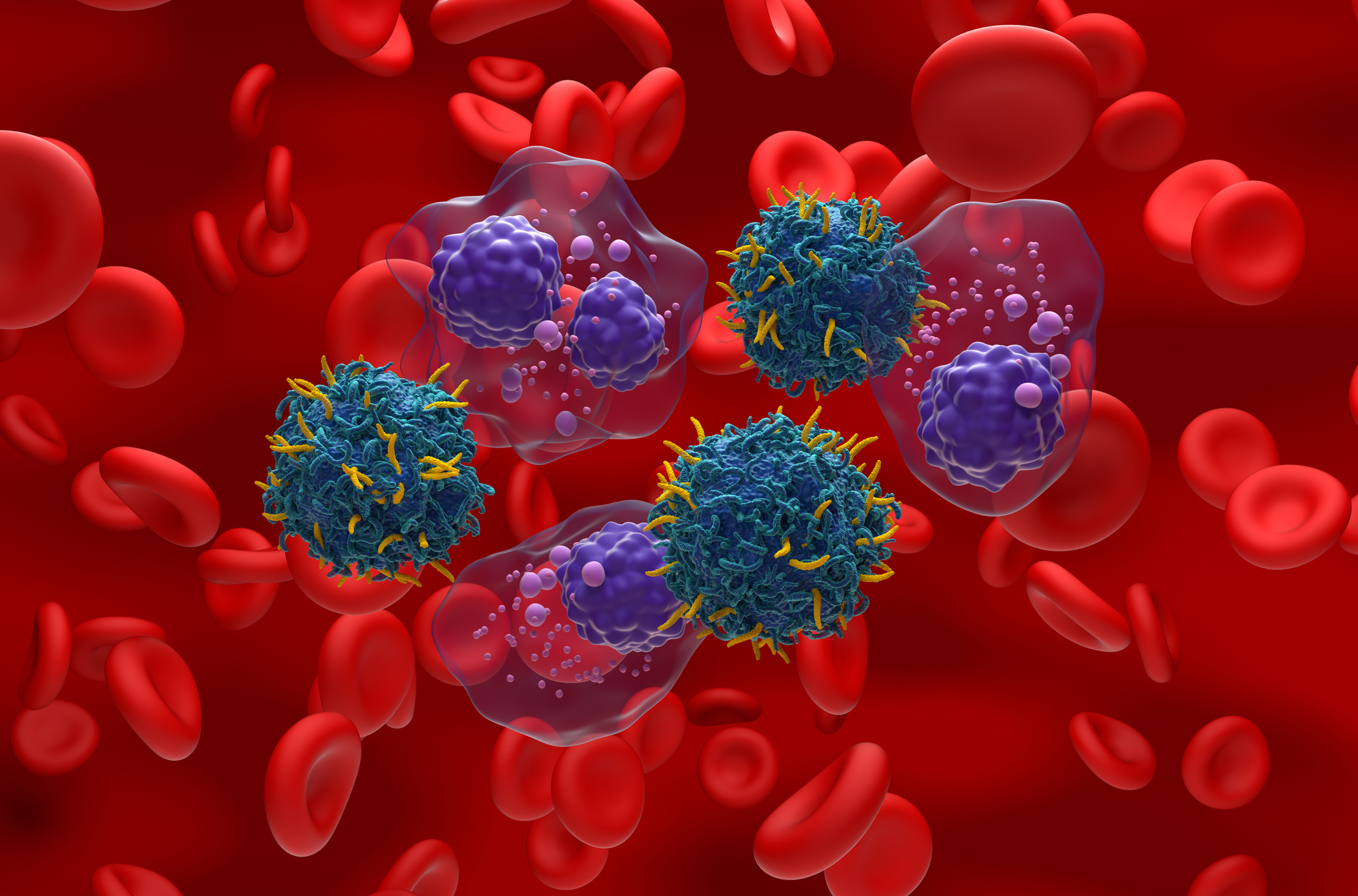
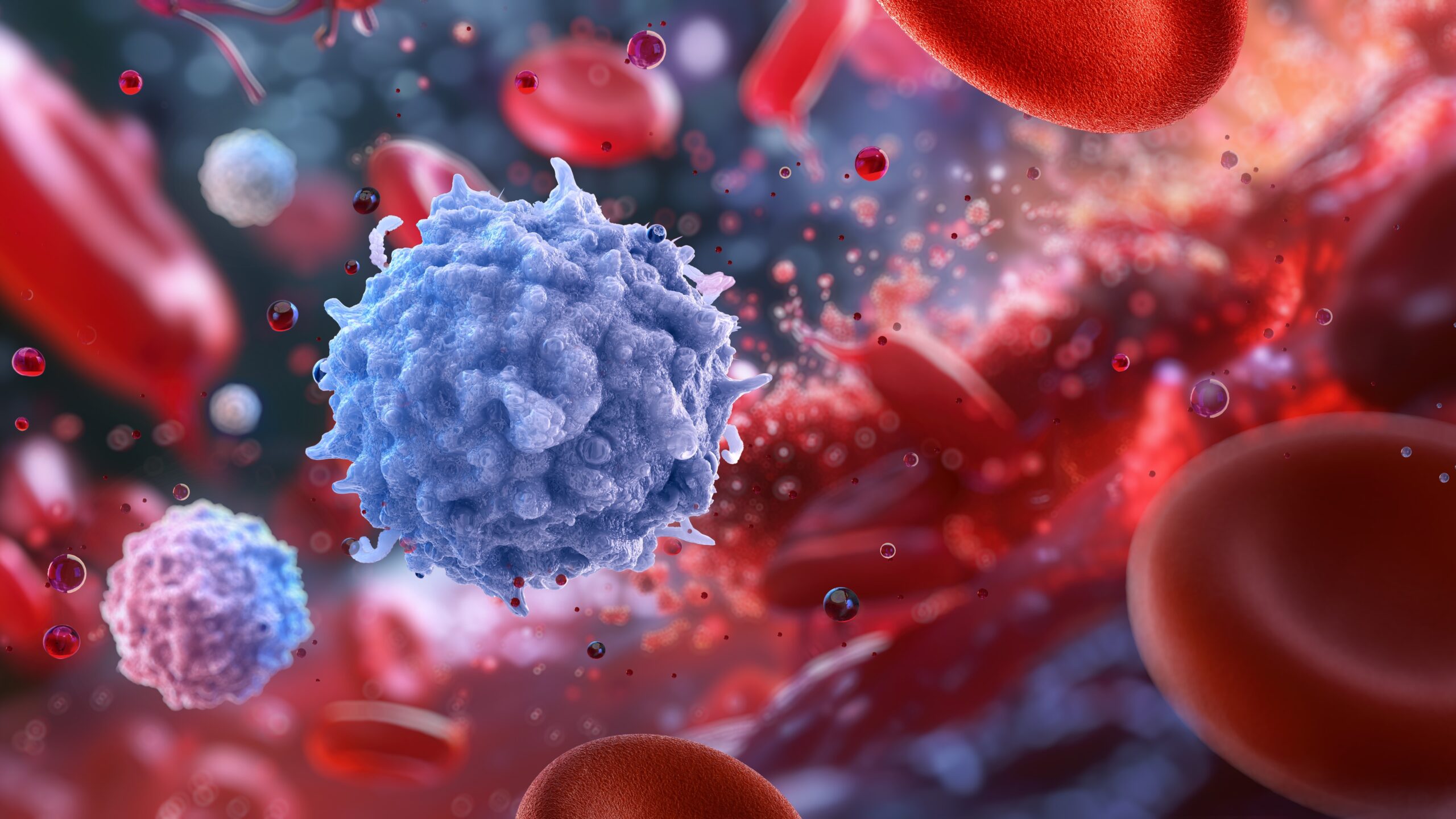

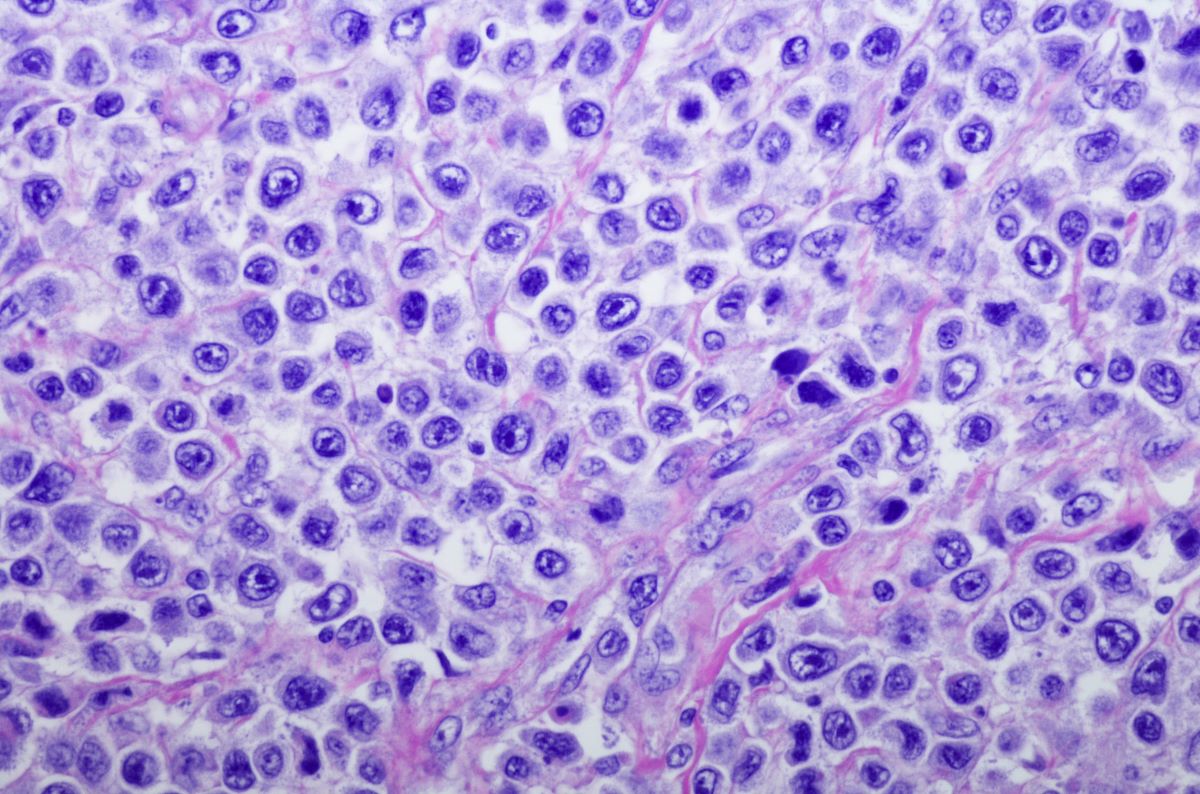
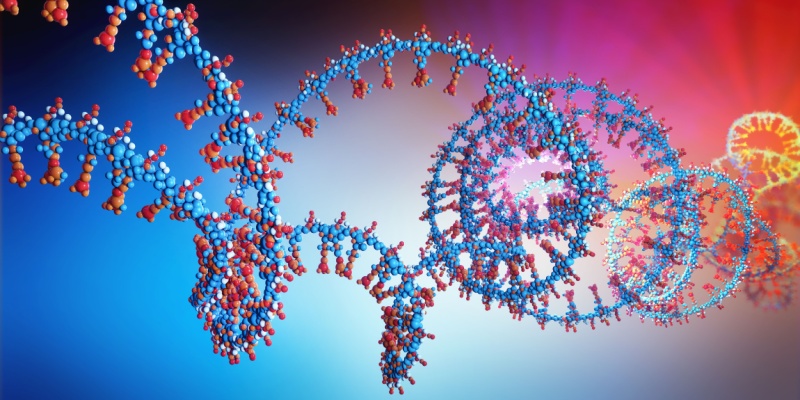
 © 2025 Mashup Media, LLC, a Formedics Property. All Rights Reserved.
© 2025 Mashup Media, LLC, a Formedics Property. All Rights Reserved.